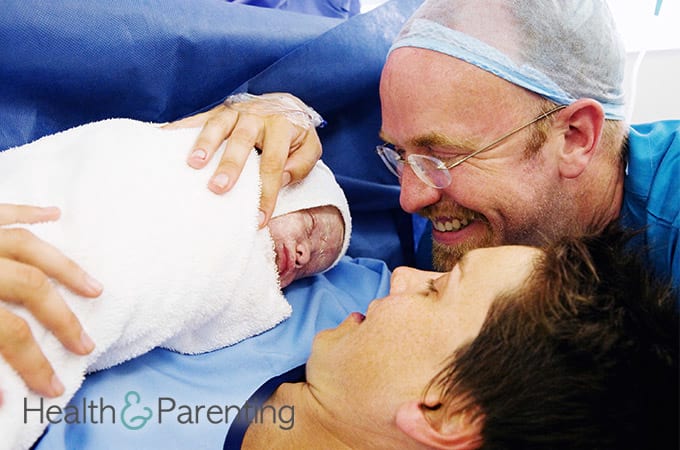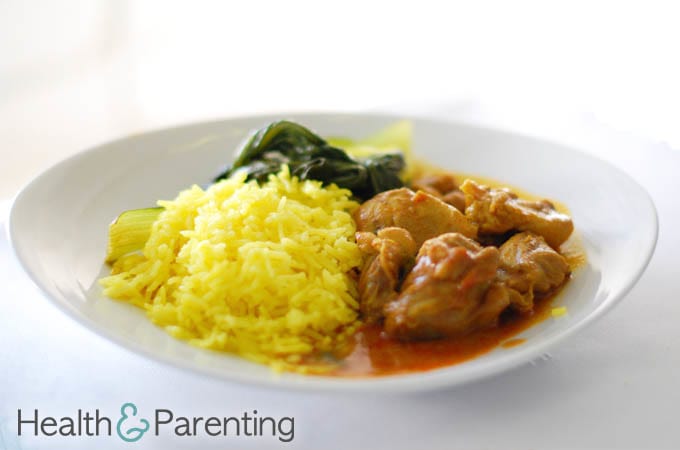Don’t worry, pregnant readers, this post isn’t aimed at you. The act of giving birth is considered more than useful, so don’t feel you need to take on any further responsibilities in the labour room. No, this article is more for the eyes of any future birth partners, so make sure you send yours a copy.
Being a birth partner is a pretty big deal. Whether you’re the father, a family friend, or about to become grandma, being a birth partner is an honour. It’s also, however, a pretty big responsibility. It’s impossible to predict how a birth will go, and you won’t know in advance how the mum-to-be will be feeling on the day. Try not to get too worried about the endless possibilities of things you should be doing in the delivery room, and instead focus on the following five ways to make yourself useful during childbirth:
1. Soothe – one of your main roles in the delivery room is to keep the labouring woman calm. Worry, fear and panic need to be as far away from the labour room as possible. Feeling worried can actually stop labour from progressing, so you need to keep the mum-to-be in high spirits. This is no place for jazz hands though, instead go with soothing words, a low voice, and reassuring touches.
2. Cheer – the best homework you can do for labour, is to watch Bring It On a few times. As a birth partner, you are the official cheerleader of the mum-to-be. You’re her coach, her team mate and her cheerleader, all rolled into one. Come with your pompoms at the ready, and have some stock phrases ready to put into action. Tell her she’s doing great, that she’s amazing, and that you’re in awe of her.
3. Help – whatever she needs during labour, it’s your job to do it. Have the layout of the hospital bag memorised in advance, because when she’s screaming mid-contraction for the massage ball, you won’t want to waste another second. Snacks, drinks, ice chips – whatever she needs, you’re her personal butler. When she says her backaches, offer her a massage. If she’s hot, hold a cold water flannel to her head. Just help, in any way you can.
4. Get involved – labour is no time for sitting on the sidelines. You need to be by her side, as much a part of the team as the professional delivering the baby. Use your strength to support her weight so she can try out vertical positions during labour, maximising gravity during the birth. Help her with her breathing, reminding her to use her breathing to stay calm, and even to help focus her strength during the pushing stage.
5. Ask – childbirth can be a bit of a blur, especially for the labouring woman. She may not be conscious of decisions being made, or plans being suggested around her. Of course, the most important thing is that both mother and baby are healthy, but don’t be afraid to ask questions about why certain decisions are being made. Not only will this help the mum-to-be when she asks questions about the birth, and is able to get a full explanation from you, it could also help to remind the healthcare provider of the mum-to-be’s birth plan.
Who have you chosen to be your birth partner, and why?
Written by Fiona (@Fiona_Peacock), mother, writer and lover of all things baby related.
This information is not intended to replace the advice of a trained medical doctor. Health & Parenting Ltd disclaims any liability for the decisions you make based on this information, which is provided to you on a general information basis only and not as a substitute for personalized medical advice. All contents copyright © Health & Parenting Ltd 2018. All rights reserved.













